The Bharatmala Pariyojana, a government initiative to improve connectivity between Indian cities, includes several highway and expressway projects. The Mumbai-Delhi Expressway, which will link the two cities, is one of the most eagerly awaited road projects. It will take just 12 hours to travel between Delhi and Mumbai, thanks to the massive Delhi-Mumbai Industrial Corridor (DMIC), often known as the Delhi to Mumbai Expressway. Currently, it takes about 24 hours to go from Delhi to Mumbai. Eight-lane expressways, which can be expanded to twelve lanes depending on traffic flow, build the longest expressway worldwide.
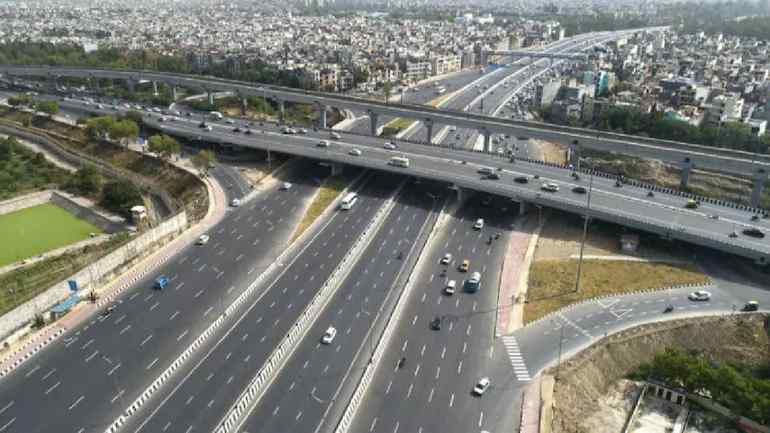
Things we covered for you
NHAI is building and maintaining the Delhi-Mumbai highway (National Highways Authority of India). Construction on the Delhi to Mumbai new expressway is scheduled to wrap up in December 2023. With the NHAI completing the 168-kilometre length of the Delhi-Mumbai Expressway up to Dausa by mid-August this year, you may expect to travel uninterrupted to Jaipur and be in the Pink City in less than two and a half hours.
India’s newest highway, expected to cost Rs 1 trillion to build, would span four states, namely Haryana, Rajasthan, Madhya Pradesh and Gujarat, before ending in Mumbai, Maharashtra. Construction of the freeway has reached 825 kilometres so far. More than half of the work orders issued by the National Highways Authority of India (NHAI) have been approved, covering an area of around 1,350 kilometres. Also supported is a 30-kilometre connector road connecting Faridabad with Jewar International Airport. The expressway’s construction at Bharuch included the construction of a steel bridge across the Narmada River.
This comprehensive guide will teach about the Mumbai to Delhi Expressway route, amenities, cost, and development phases.
Delhi-Mumbai Expressway Route: The Delhi-Mumbai Expressway is an under-construction 8-lane access-controlled road spanning 1350 km, connecting DND in Delhi with JNPT in Mumbai. It passes through 5 states, namely Haryana, Rajasthan, Madhya Pradesh, Gujarat, and Maharashtra. The project was approved under the Bharatmala Pariyojana programme in 2017, and its foundation stone was laid by Prime Minister Narendra Modi in March 2019. The entire expressway has been divided into four sections, and it is scheduled to open on February 12, 2023.
Mumbai-Delhi Expressway Route: The Mumbai-Delhi Expressway is a proposed project that aims to connect Mumbai with Delhi through an 8-lane access-controlled road. The project is expected to reduce the travel time between Mumbai and Delhi by a considerable margin. However, the project is still in the planning phase, and the details of the route are yet to be finalized.
Delhi-Mumbai Expressway Entry/Exit Points: The Delhi-Mumbai Expressway has several entry and exit points along its route. The exact locations of these entry and exit points are yet to be finalized. However, it is expected that there will be several interchanges and service roads to facilitate the movement of vehicles on and off the expressway.
Delhi-Mumbai Expressway Exit Points: The Delhi-Mumbai Expressway will have several exit points along its route to allow vehicles to exit the expressway and enter nearby towns and cities. These exit points will be strategically located to provide easy access to nearby towns and cities. The exact locations of these exit points are yet to be finalized.
Vadodara-Mumbai Expressway Route Map: The Vadodara-Mumbai Expressway is a proposed project that aims to connect Vadodara with Mumbai through an 8-lane access-controlled road. The exact details of the route are yet to be finalized. However, the project is expected to reduce the travel time between Vadodara and Mumbai significantly.
Delhi-Vadodara-Mumbai Expressway Route Map: The Delhi-Vadodara-Mumbai Expressway is a proposed project that aims to connect Delhi with Vadodara and Mumbai through an 8-lane access-controlled road. The exact details of the route are yet to be finalized. However, the project is expected to reduce the travel time between these cities significantly.
Delhi-Mumbai Expressway Status: The Delhi-Mumbai Expressway is currently under construction, and it is scheduled to open on February 12, 2023. The project is being executed by the National Highway Authority of India (NHAI) and has an estimated cost of Rs. 1,00,000 crore. The entire expressway has been divided into four sections, and each section has a 24-month deadline.
Mumbai-Delhi Expressway Map: The Mumbai-Delhi Expressway is a proposed project that aims to connect Mumbai with Delhi through an 8-lane access-controlled road. The exact details of the route are yet to be finalized, and the project is still in the planning phase. However, the project is expected to reduce the travel time between Mumbai and Delhi significantly.
What is the Purpose of the Delhi-Mumbai Expressway?
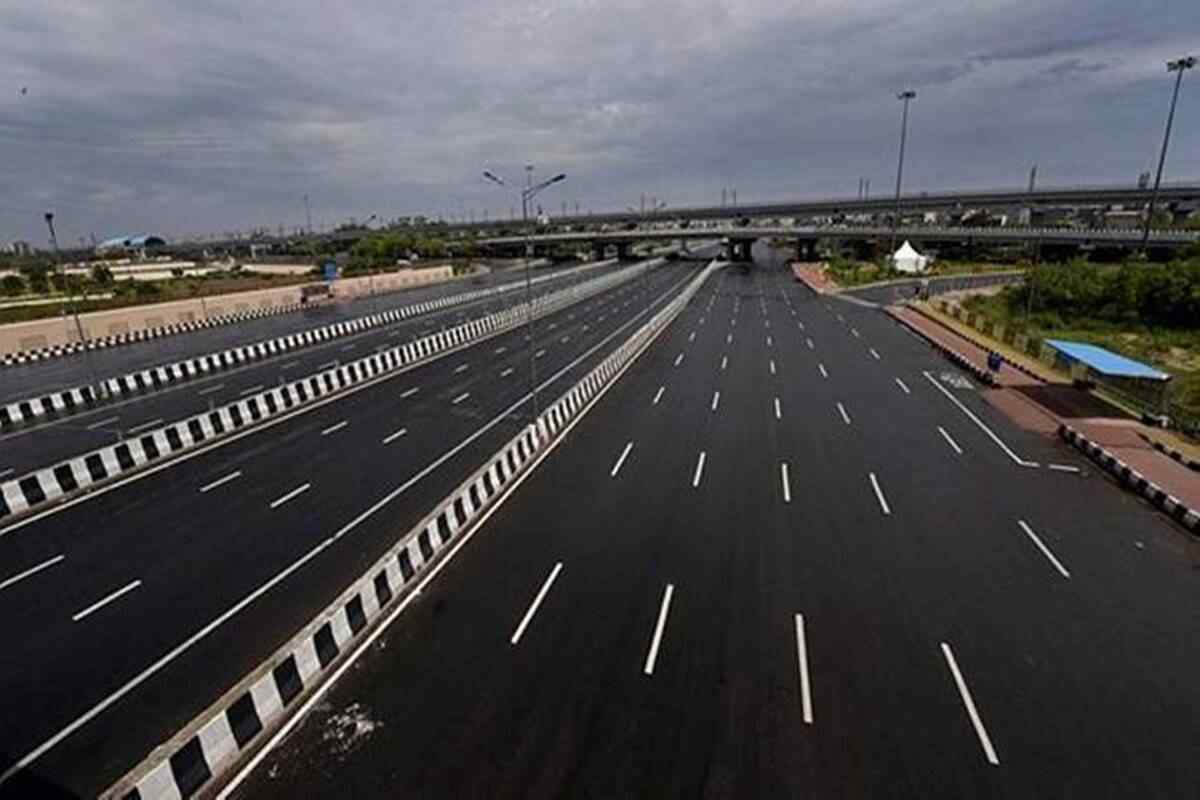
The 1350-kilometre long (8-lane) Delhi Mumbai Expressway will cut travel time in half between India’s two largest cities. Union Road Transport & Highways Minister Nitin Gadkari laid the foundation stone for the Delhi to Mumbai Expressway route on 9 March 2019.
The Delhi to Mumbai expressway has required the usage of more than 15,000 hectares of land in these five states. The expressway will begin in Haryana at Gurgaon and continue through Rajasthan at Jaipur and Sawai Madhopur. After that, the road goes through Madhya Pradesh’s Ratlam and Gujarat’s Vadodara before ending at Maharashtra’s Mumbai. As a result of the Delhi-Mumbai expressway, financial centres such as Jaipur, Udaipur, Ajmer, Chittorgarh, Kota, Bhopal, Ujjain, Ahmedabad, Surat, Indore, and Vadodara will be better connected.
An estimated 80 million tonnes of cement will be used in the entire project. More than fifty thousand workers would be needed to complete the building of the Delhi-Mumbai Expressway, which is expected to employ tens of thousands of civil engineers.
Read: Top 10 Villa Projects in Hyderabad – Location, Amenities and Prices
Delhi Mumbai Highway: The Essential Characteristics
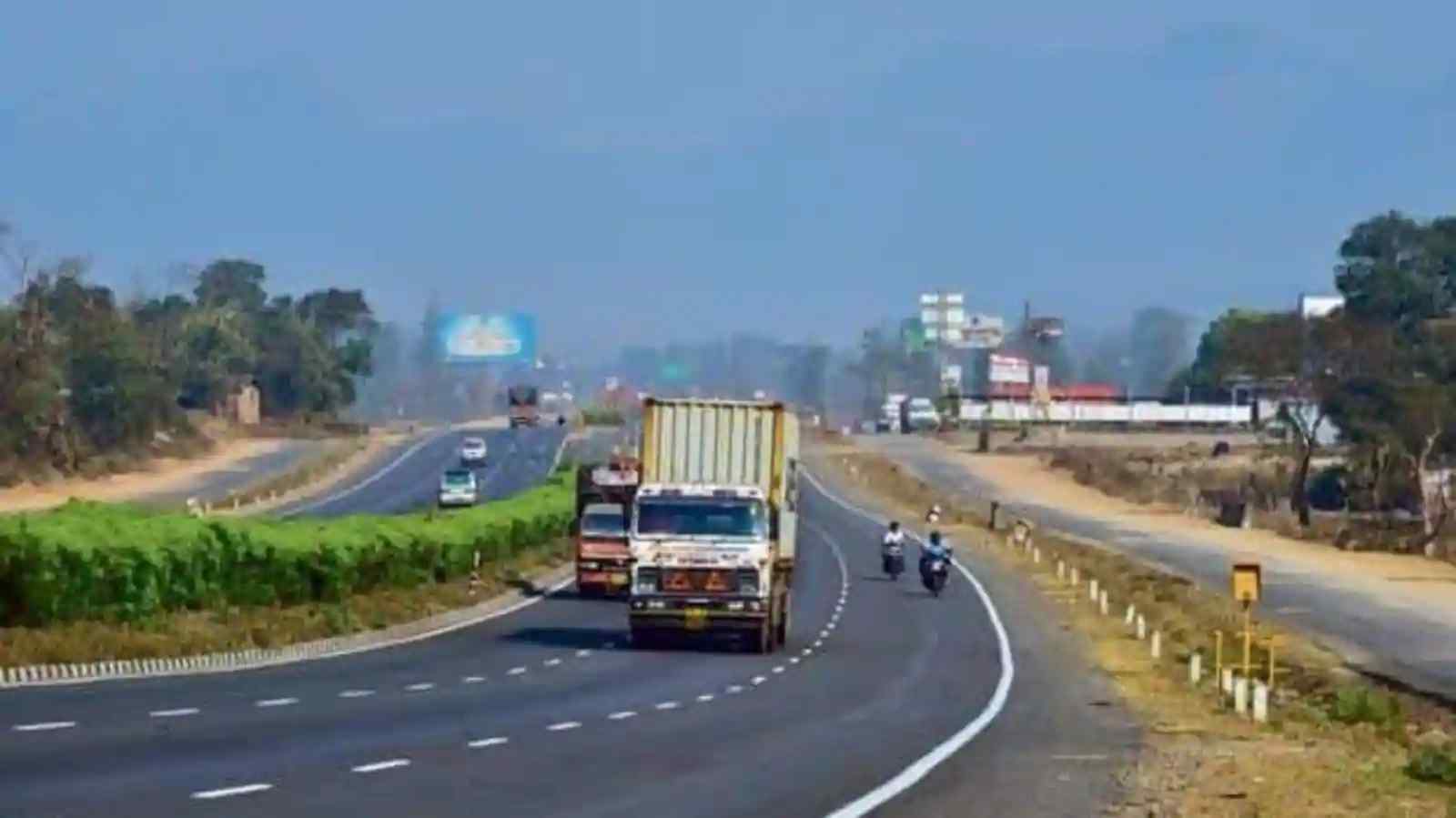
- Depending on the traffic, the access-controlled expressway that currently has eight lanes can be enlarged to have twelve lanes.
- The expressway will be lined with rest areas, restaurants, food courts, gas stations, truck stop facilities, and logistics parks for drivers to stop along the way.
- A helicopter emergency medical service for people who have been injured in accidents, as well as a heliport that will also offer drone services for commercial use.
- The route will be lined with more than two million trees and bushes.
- First, in Asia and only worldwide, the expressway features animal overpasses that allow wildlife to traverse freely.
- Tunnels via Mukundra sanctuary and Matheran eco-sensitive zones are also part of this expressway, with two 8-lane tunnels totalling 8 kilometres.
- Over 320 million litres of fuel will be saved each year, and CO2 emissions will be reduced by 850 million kg, equivalent to planting 40 million trees.
- Construction of the expressway will need more than 12 lakh tonnes of steel, the equivalent of building 50 Howrah bridges.
- Approximately 2% of India’s yearly cement production capacity will be used to complete the project, requiring 80 lakh tonnes of cement.
- More than 50 million person-days of work have been generated due to the project.
The Total Cost of the Delhi-Mumbai Expressway Project
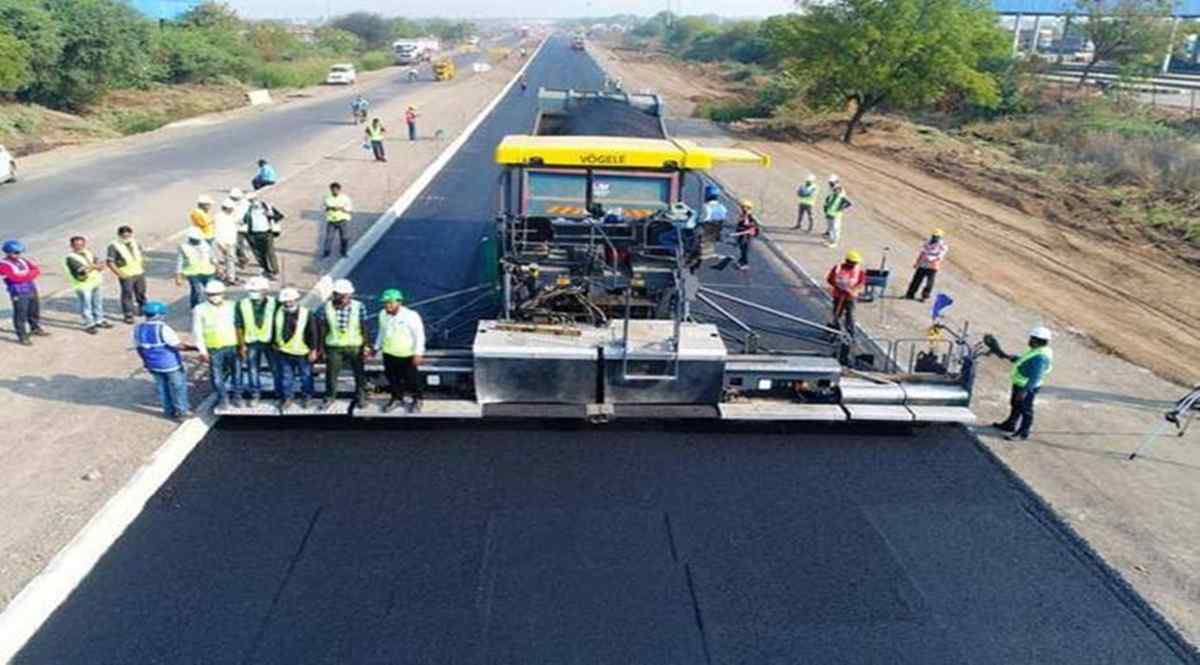
Including the cost of land acquisition, the Delhi-Mumbai Expressway is expected to cost around Rs 1,00,000 crore. The Bharatmala Pariyojna Phase-1 plan is followed in the implementation of the project. Approximately 1200 kilometres of the overall 1380-kilometre contract-awarded and currently under-construction region will be built, according to official government statements.
Read: The Stockholm Concert Hall
The government plans to complete the Delhi-Mumbai highway in 52 phases. An SPV would fund the Delhi-Mumbai expressway’s operation and development set up by India’s national highway body. On 29 August 2020, the SPV will take on the name DME Development Limited. DMEDL has AAA ratings from CARE, CRISIL, and India Ratings, according to a recent NHAI release.
Delhi Mumbai Expressway (DMEDL) raised around Rs 9731 crore from the National Highway Authority of India (NHAI). SBI provided the bulk of the funding, amounting to Rs 5,000 crores. The Bank of Maharashtra, PNB, and Axis Bank are also significant investors in the DMEDL.
Around Rs, 10,400 crores will be spent to build a 160-kilometre highway across Haryana. About 73 villages will benefit from the route, and the road will reduce 27 per cent of vehicular pollution in Delhi-NCR, according to the Union Ministry. At an estimated cost of Rs 16,600 crores, a 375-kilometre expressway would be built in Rajasthan state. From Alwar to Bharatpur and from Bharatpur to Madhopur are some places you’ll be passing through.
Read: Lavasa City, India’s First Planned Hill City or Just a Ghost Town?
Many new bridges will cross the Banganga, Mezriver, Chambal, and other rivers. Most of the state’s bridges are now under renovation or construction. As of August 2022, the Alipore (Gurugram) to Dausa leg is expected to open for traffic. The Delhi-Mumbai expressway line will encompass 250 kilometres in Madhya Pradesh state. The highway will be built at an estimated cost of Rs 8,500 crore.
There are still some remaining 106 kilometres of the 250-kilometre expressway’s route to be finished, according to state officials. This section includes stops in Ratlam, Jhabua, and Mandsaur, among other locations. There will be 60 bridges built in Gujarat along a 426-kilometre stretch, including 17 flyovers, 17 interchanges, and eight roads over bridges.
State Wise Overview, Packages and Route
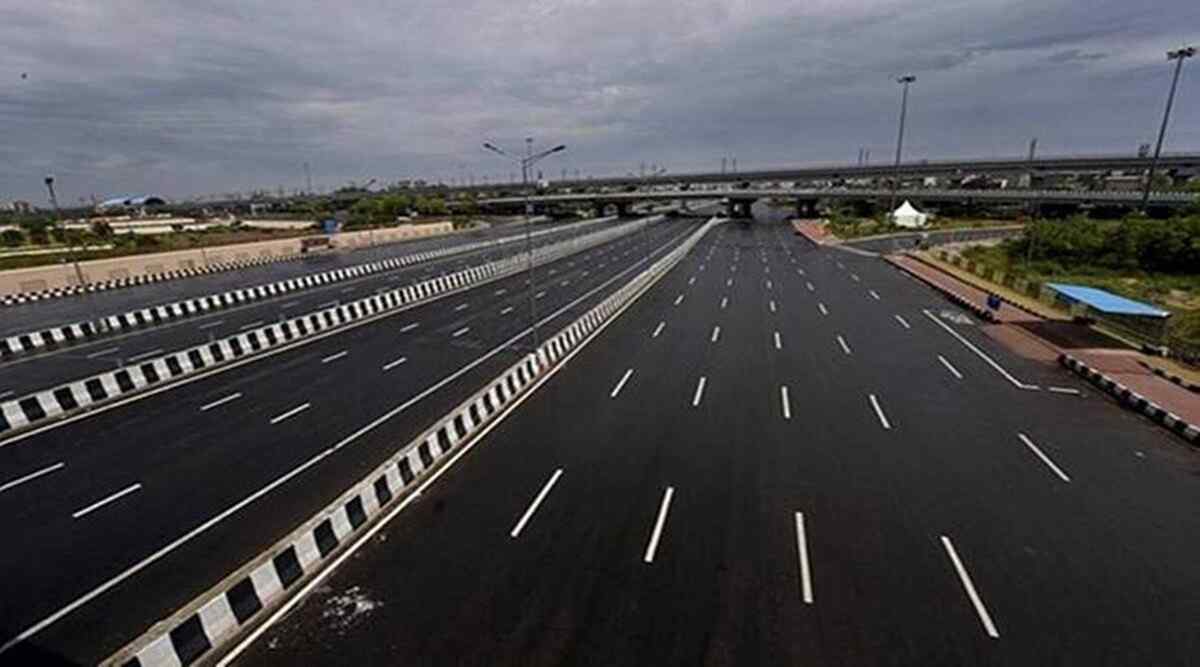
Delhi Mumbai Express Highway Route Map
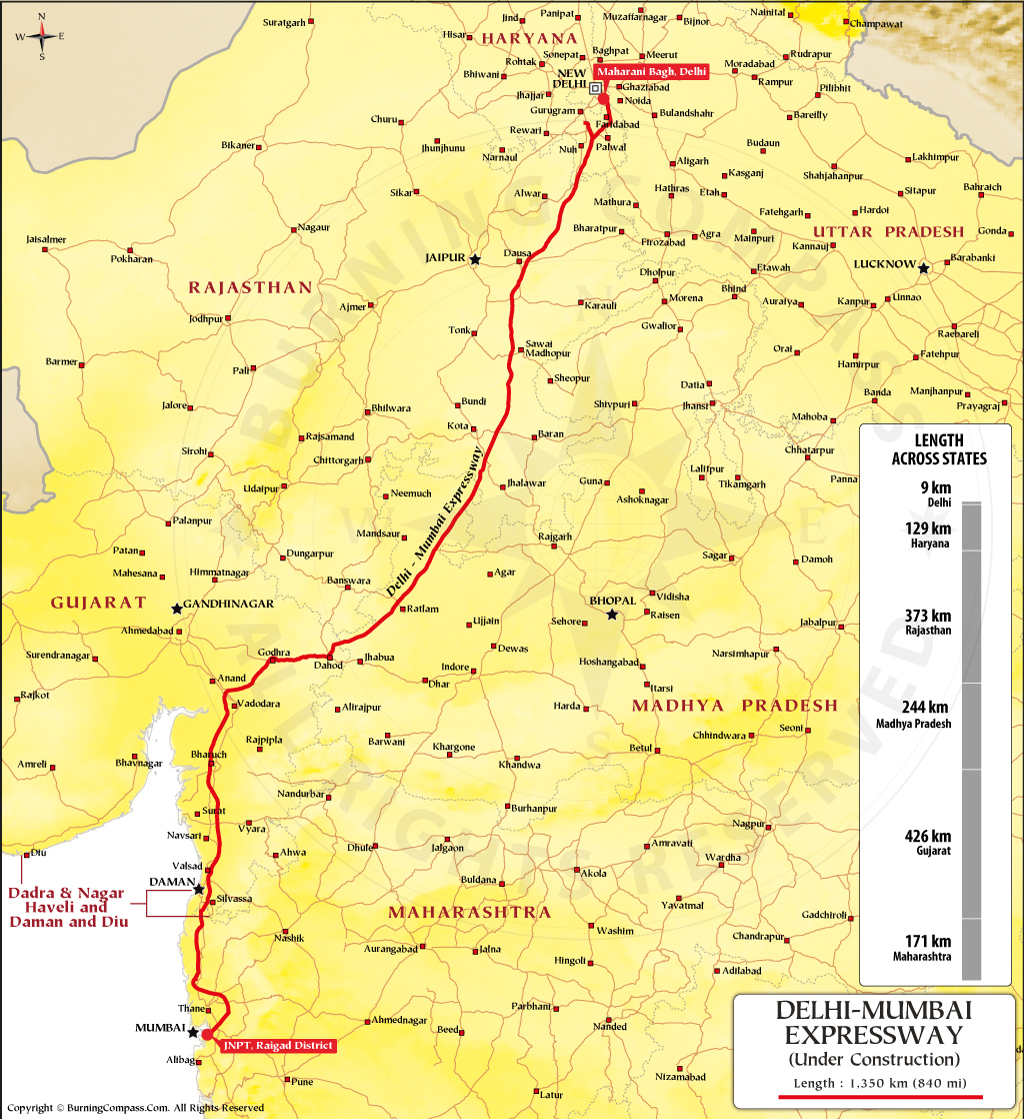
The map of the expressway from Delhi to Mumbai is subdivided into four segments, each of which passes through a different state; the route layout for each of these sections is detailed below:
Haryana
The government is launching 15 new projects worth Rs 53,000 crore in Delhi-NCR to deal with traffic congestion and severe air pollution, of which 14 projects have already been started. At Rs 10,400 crores, a 160-kilometre stretch of the Haryana state highway is being constructed. This section of road will have a positive impact on around 73 communities. Many interchanges would link the expressway to essential routes, including DND and KMP Sohna, improving connectivity in Palwal and Nuh. As a result of the Delhi-Mumbai Expressway, Delhi’s air quality will be improved by 27%.
Read: Simple 5 Lakh Budget House Plans – An Affordable Housing Solution
In phase one, the Delhi-Mumbai Expressway will begin its journey in Delhi at the Delhi Noida Driveway (DND) flyway. Afterwards, it will travel through several neighbourhoods, including Shaheen Bagh, Okhla, and Kalindi Kunj. It is possible to exit or enter from Sohna in Haryana. At the KMP expressway in Nuh, Haryana, the traffic from both entry and exit points will join to travel towards Vadodara and Mumbai.
Haryana’s Sohna and Alipur villages, as well as Bhirawati and Khalilpur (Nuh district) in the Nuh district, east of Ferozepur Jhirka, east of Ujina, east of Bhadas, and west of Pinangwan, would also be included in the Delhi-Mumbai highway in phase two.
Rajasthan
Three hundred seventy-four kilometres of theexpressway will pass through Rajasthan, costing more than Rs 16,600 crores, and contracts have already been given for all 374 kilometres. Alwar, Dausai, Sawai, Bharatpur, Tonk, Bundi, Kota, and Madhopur are the districts through which the corridor will run. The Banas, Banganga, Chambal, and Mezriver bridges, among others, are now under construction. A 1,100-kilometre-long elevated span across the Chakan Dam is being proposed as an engineering marvel. The Delhi-Jaipur-Lalsot section of 214 kilometres is expected to be operational for traffic by August 2022.
This route covers Rajasthan’s internal districts: Rajgarh to Mandawar, Naugaon village, Rawatbhata, Indragarh, Lalsot, and Sawai Madhopur.
Madhya Pradesh
In total, the expressway will cover 250 kilometres and cost Rs 8,500 crores to build in Madhya Pradesh (MP). The expressway’s path will go through several different towns and cities, including those to the east of Bhanupura, east of Garoth, east of Sitamau, east of Jaora, and west of Ratlam and Thandla. The route will then proceed into the state of Gujarat.
Gujarat
In total, Gujarat will see the construction of sixty bridges, seventeen interchanges, seventeen flyovers, and eight roads that will cross over bridges. There are also plans to construct 33 rest areas along the highway to give world-class transportation options and create jobs for the state. Dehgam, Moti Naroli, Fajapur, and Samiyala & Laxmipura are some of the villages that make up Phase 4 of the Delhi-Mumbai Expressway, which runs from Navsari to Valsad and from Dodka to Fajapur, in Gujarat. In addition, this chapter discusses several areas in the state of Maharashtra, including a portion of Virar and Palghar, as well as the boundary between Gujarat and Maharashtra.
Mumbai
The final construction phase will be finished in Mumbai, encompassing localities such as Amane and Badlapur, and the expressway will terminate at JNPT in Mumbai.
What Measures are Taken to Safeguard the Movement of Native Animals?
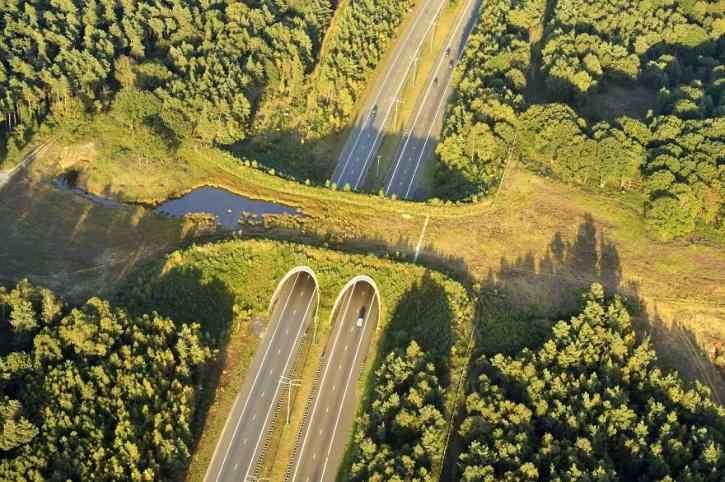
- For the unhindered passage of wildlife, an animal overpass will be built across the freeway.
- The Mukunda sanctuary and Matheran eco-sensitive zone will be protected by an eight-lane tunnel, which will lessen the environmental impact.
- For the safety of animals, an eight-foot-tall boundary wall and a separate acoustic barrier will be built.
Influence On the Real Estate Market in Haryana

NH-48 (which now connects Delhi and Mumbai) is already overburdened. Hence the greenfield project was undertaken partly to provide an alternate route. However, the project is also expected to have significant real estate ramifications along its course.
Many new villages will spring up along the course of the greenfield expressway and the associated link roads in Haryana as a result of the development of the project. The project is projected to have an influence on or transform the following villages:
- Hajipur
- Loh
- Sikri
- Harfla
- Jajru
- Calgaon
- Bhanakpur
- Nangla Jogian
- Mohla
- Paroli
- Khedli Jeet
- Sahrala
- Kalwaka
Since they are being built along a high-growth corridor between Delhi and Mumbai, the settlements will, at a later date, be able to reap the benefits of both good accessibility and well-planned sector-wise economic development. The NHAI proposes to plant 10 lakh trees alongside the expressway, as well as equipment for water harvesting and the development and utilisation of solar electricity, placing a unique emphasis on greenery near the highway.
Along with smart cities and villages, the government is also considering constructing sectors (especially MSMEs) along the Delhi-Mumbai Expressway and providing possibilities in various leather, plastic, and chemical clusters.
What is the Current Status of the Delhi-Mumbai Expressway?
Recently Union Minister Nithin Gadkari remarked on the availability of space to set up a bullet train on the Delhi-Mumbai Expressway. Convergence Energy Services Limited, a subsidiary of the Energy Efficiency Services Ltd under the Union Ministry of Power will be setting up Electric Vehicle Charging Stations(EVCSs) along multiple Expressways in India. This can open up the Indian highways to Electric vehicles that were otherwise constrained by the limitations of power storage.
Tips for Property Buyers and Investors

A good rule of thumb is to purchase land or property in Delhi-NCR close to the expressway’s entrances if you intend to buy near the highway. Investors with a 3–4-year time horizon should consider investing near or in Sohna’s Alipur neighbourhood along the Sohna-Gurgaon Corridor. Investments can also be made in the Neharpar area of Faridabad near the bypass for short-term profits investments.
Purchasers looking for a long-term investment can do so near the under-construction expressway in Haryana in Sohna, Palwal, Manesar, and Nuh. The NHAI has taken up the project and is looking into the legal possibilities of establishing several townships and commercial hubs around the highway.
Before investing your hard-earned cash in the projected community, there are a few things to keep in mind:
- Get your hands on a house or land directly from the government. NHAI and other state bodies’ websites and social media pages are great places to stay up-to-date on new projects.
- If you’re going to make an investment, aim for a ten-year time horizon and put just your spare cash into it. If you’re looking for short- or medium-term profits, don’t expect them to be significant.
- Regarding real estate prices in the Delhi-Mumbai Expressway corridor, delays in any phase of the expressway development will impact or hinder price appreciation.
- It will take a few years before the greenfield township can be called a home. When people start moving into the township, especially if the developed pockets along clusters have well-established schools and hospitals and decent connectivity to roads, trains, and airports, it’s a brilliant idea to consider relocating there.
The Mumbai-Delhi expressway is indeed changing many lives and improving connectivity between cities significantly. If you are thinking of a place to invest in property, areas around the Delhi NCR expressway are a great option. Are you looking for more opportunities? Contact NoBroker real estate experts and get guided into buying what’s suitable for you. Give us a call today!
FAQs
A-1 There are plans to build a 1,380-mile highway between Delhi and Mumbai that will be the most extensive expressway in India. Iceland is home to the world’s second-longest road, at 1,322 km.
A-2 Greenfield Expressways are built to bypass populated regions in favour of greenfield alignments, allowing for expanding existing communities while also lowering land acquisition and construction costs. The Delhi-Mumbai Expressway exemplifies the greenfield expressway quite well, with a new 12-lane layout with an initial 8-lane configuration.
A-3 NHAI is building and maintaining the Delhi-Mumbai highway (National Highways Authority of India). As of December 2023, the Delhi-Mumbai Expressway project is expected to be finished, cutting travel time between Delhi and Mumbai from 24 to 12 hours.
A-4 The project’s foundation was laid In March 2019 but is yet to be open for use. The project is expected to be completed by the year 2023 The expressway’s opening date is planned to be on 26 January 2023.
A-5 If we estimate precisely per the Yamuna expressway, the Delhi–Mumbai Highway will be 1350 kilometres long; therefore, we will need to pay 1350 kilometres times 2.17 rupees, which equals 2930 rupees, to drive on the Delhi–Mumbai Expressway. If we calculate based on the Mumbai–Pune expressway, however, we would need to pay 1350 kilometres times 2.84 rupees, which equals 3834 rupees.
A-6 The Delhi Mumbai Expressway begins at the junction which connects Delhi Noida Driveway(DND) Flyway and RingRoad at Maharani Bagh.
A-7 As per the latest news updates the Delhi Mumbai Expresshighway project is expected to be completed by January 2023











